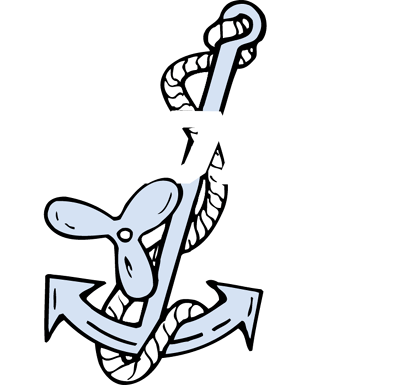NTSB Finds Pilot Fatigue And Lack Of Coordination At Fault In Sabine River Collision
On January 23, 2010, the 810 ft. oil tanker EAGLE OTOME was proceeding inbound in the Neches-Sabine canal at Port Arthur, Texas. The channel turned to the right at a location called Missouri Bend, and dead ahead of EAGLE OTOME, on the far bank but before the turn, was the 596 ft. bulk carrier GULL ARROW berthed port side to and discharging cargo. Farther around the bend and heading outbound for a meeting with EAGLE OTOME was the tug DIXIE VENGEANCE, pushing two barges, the lead barge named KIRBY 30406.
EAGLE OTOME had two pilots aboard which the NTSB reported was required by local waterway protocol. As the vessel approached Missouri Bend, one pilot was conning the ship and the other was making a radio call. The pilot who was conning the ship was, according to NTSB findings, fatigued as a result of untreated sleep apnea and his work schedule. With respect to the other pilot, making a radio call at a critical turn, again according to the NTSB, violated the team performance principles of the pilots’ bridge resources management training. Through a sequence of events not completely clear from the report, EAGLE OTOME could not negotiate the turn to starboard, either because of unexplained sheering of its bow to port, or because the pilot doing the conning began the turn too late, or because the vessel’s bow was caught in the current. In any event, instead of completing the turn to starboard and meeting the approaching tug and tow port to port, EAGLE OTOME’s bow was set to port, causing it first to collide with the starboard side of the moored GULLARROW, and secondly, to cut across the bow of the oncomingKIRBY 30406 and DIXIE VENGEANCE. Just after EAGLE OTOME’s bow struck GULL ARROW’s starboard side, KIRBY 30406 struck EAGLE OTOME in its starboard bow, holing it at the waterline and resulting is a sizeable discharge of crude oil into the river.
Initially it seems incredible that such a catastrophic three-way collision could occur in broad daylight with no unfavorable weather conditions reported and with two pilots aboard the precipitating ship. The NTSB naturally faulted EAGLE OTOME’s two pilots for a number of shortcomings: (1) The first pilot’s radio call was made at a critical turning point such that it distracted from his concentration on the ship’s turning evolution; (2) failure of both pilots to apply the “team performance aspects of bridge resource management concepts” (concepts not explained in report); (3) failure of one of the pilots to alert DIXIE VENTURE of the sheering problem; (4) the first pilot’s failure to correct the sheering problem resulting in EAGLE OTOME’s inability to make the turn; (5) fatigue on the part of the first pilot, from untreated sleep apnea and work load leading to his inability to stop EAGLE OTOME’s sheering; and (6) the absence of effective hours of service rules on the part of the pilot association.
The fact that the NTSB attributed untreated sleep apnea as a contributing cause to this collision, without any details or specifics of the reasons for its conclusion, raises significant concerns for mariners and attorneys defending them. The Coast Guard’s recent policy decision to clamp down harder on medical conditions requiring waivers, a decision believed to have originated from political heat that the Coast Guard had to take after high visibility medical-related accidents in New York Harbor and San Francisco Bay, may now find in this NTSB report a justification to cast the net over an even broader population of mariners. By not stating the specific facts upon which it based its “untreated sleep apnea” conclusions, the NTSB does no service to the maritime community with this report. We are left with no way to determine how the claimed condition affected the pilot’s performance, and how these effects might be mitigated or corrected short of a waiver denial. The doors are open for the Coast Guard to make the same class of across-the-board blanket waiver denials it has been doing recently for other medical conditions, particularly in the case of mariners who have a surgically implantedICD.
